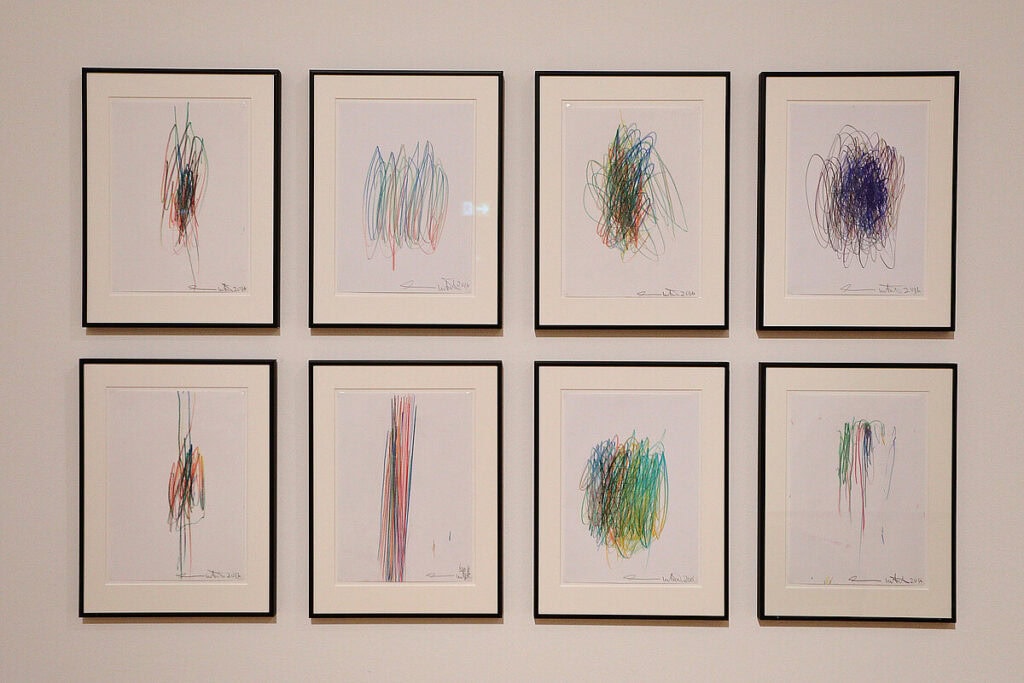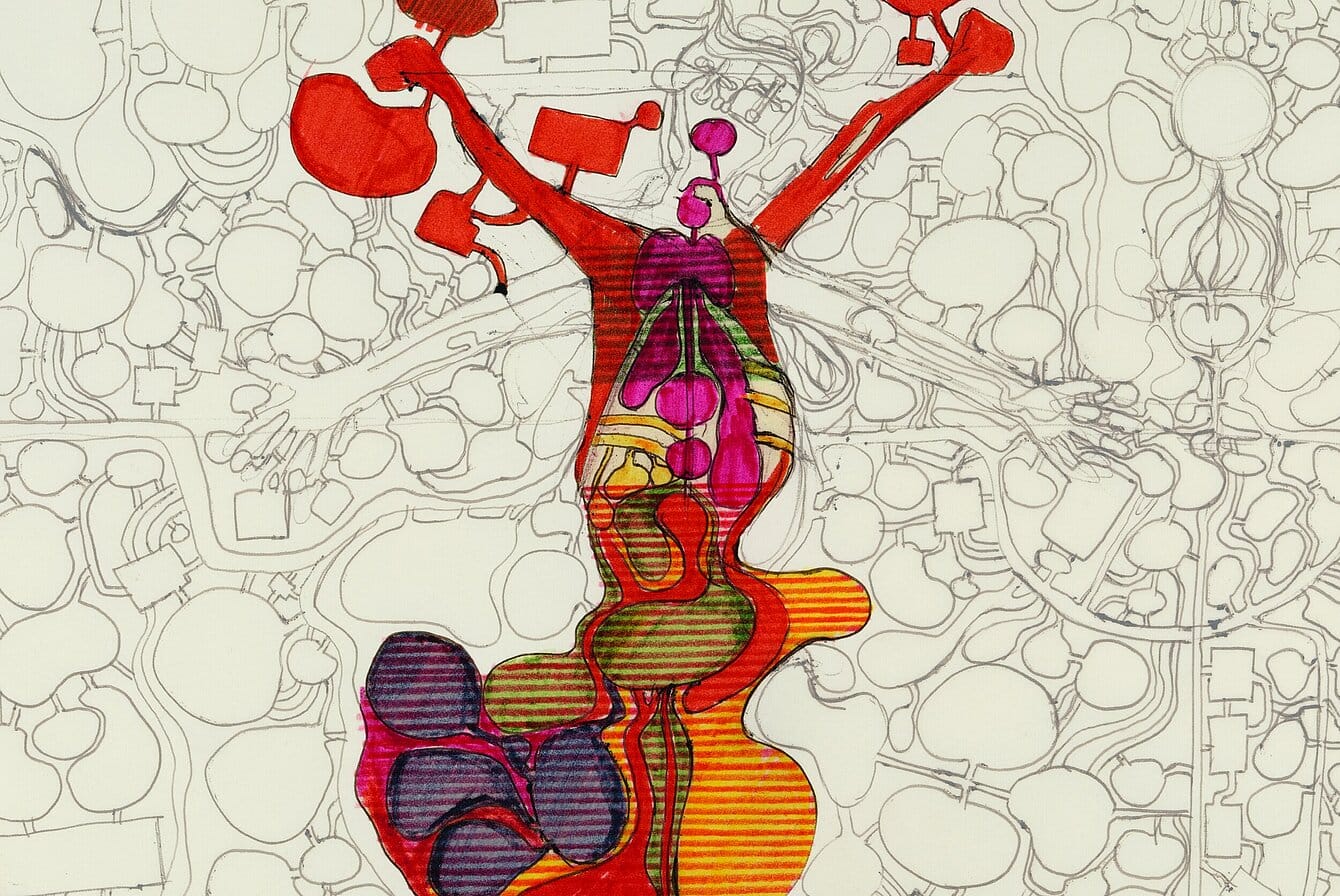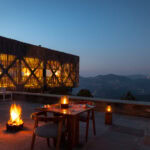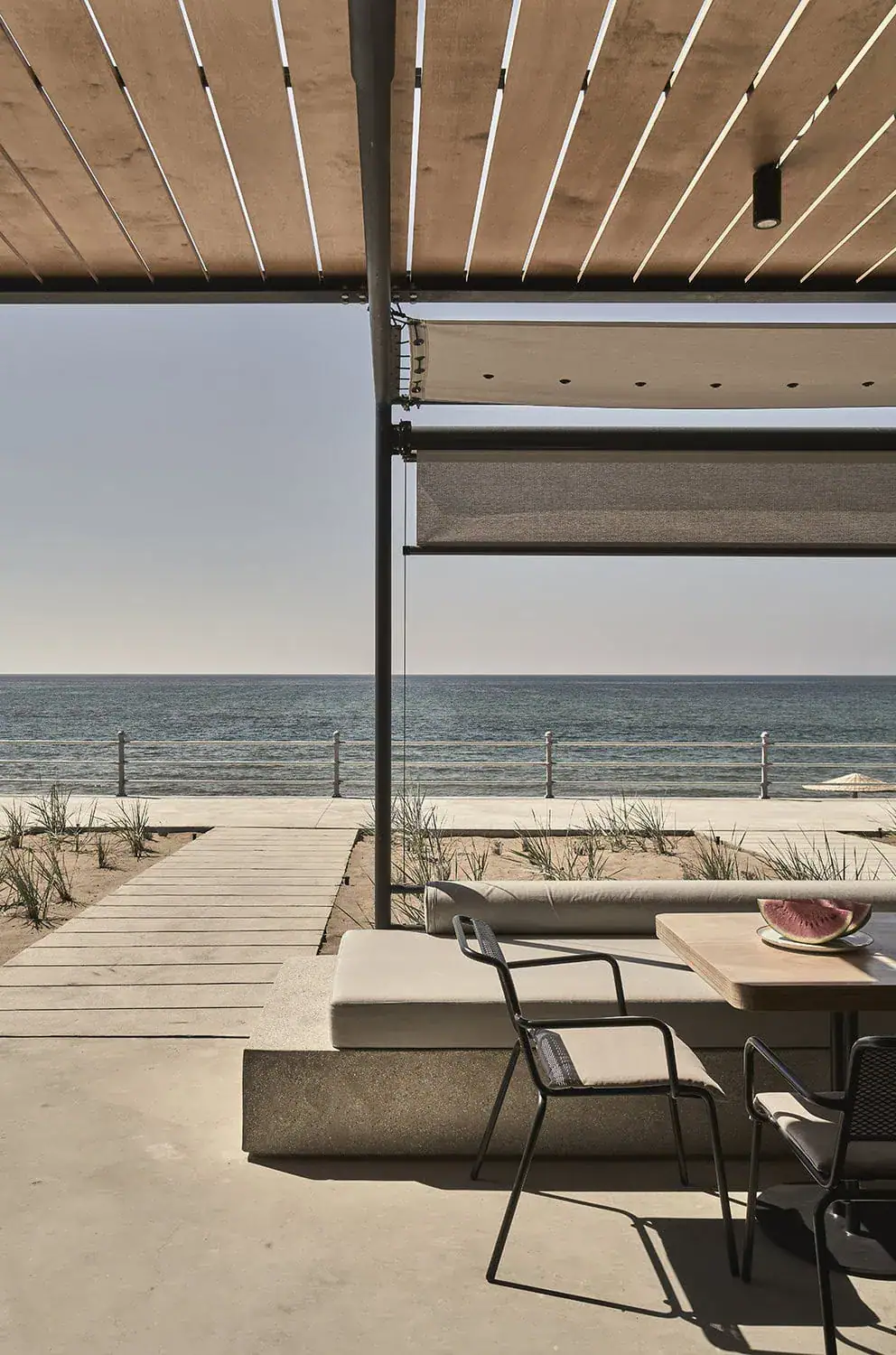The BRUSEUM is dedicating an exhibition to the drawings of Hermann Nitsch, shedding light on an often overlooked aspect of his extensive artistic work. While his monumental splatter paintings and the spectacular performances of his Orgien Mysterien Theater take center stage, his drawings offer an intimate glimpse into the origins and depths of his conceptual world.
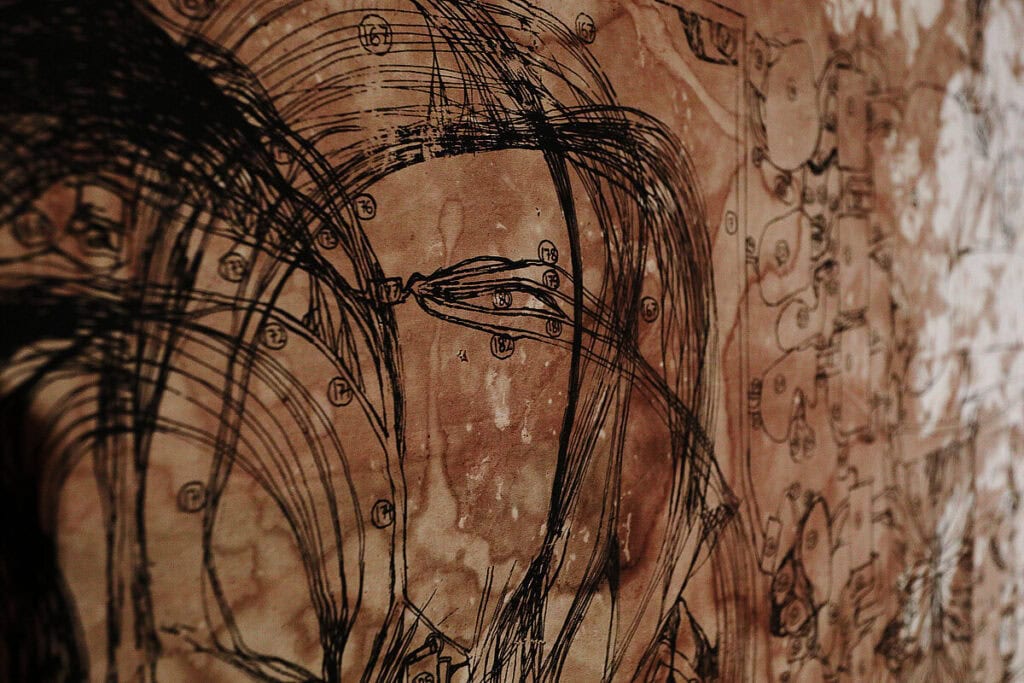
Early Engagement with Existential Themes
Even before developing his legendary Orgien Mysterien Theater, which he began conceptualizing in 1957, Nitsch explored fundamental themes such as suffering, crucifixion, death, and resurrection through his drawings. One of his earliest series was inspired by Rembrandt’s Crucifixion, highlighting Nitsch’s deep engagement with Christian iconography and its existential dimensions.
The Orgien Mysterien Theater: Art as a Mysticism of Being
From the late 1950s onward, Nitsch worked on the concept of a multi-day total artwork designed to heighten the intensity of life experiences and redefine art as a spiritual practice. This ambitious intellectual framework, the Orgien Mysterien Theater, sought to create a mystical connection between humanity, nature, and art. In this context, art assumed the central functions of religion, serving as a medium for self-awareness and a profound joy in existence.
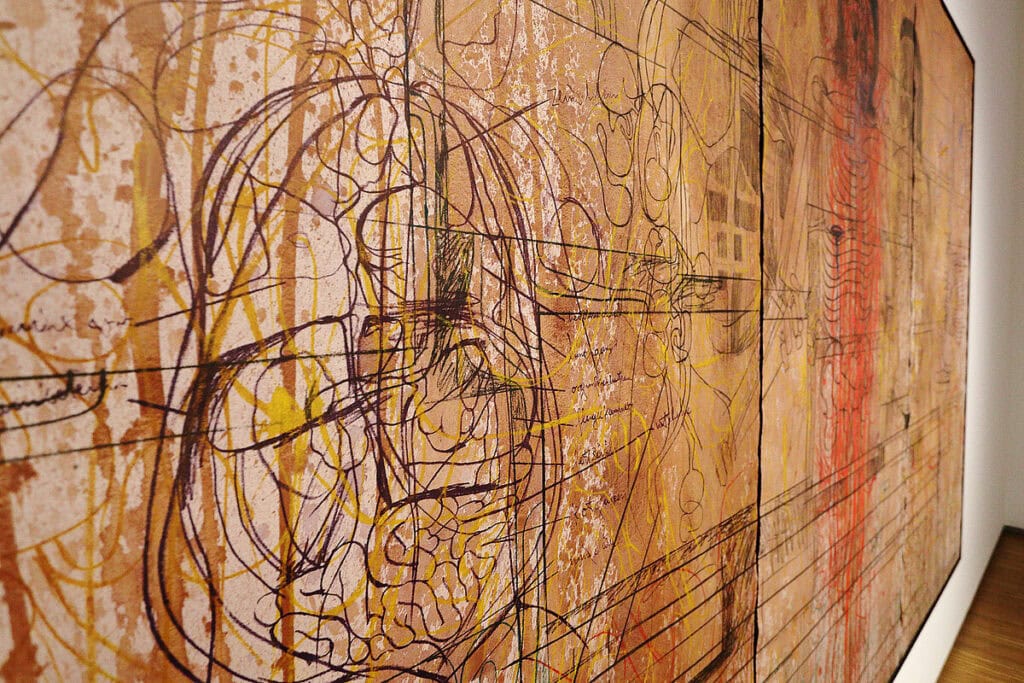
Fantastic Architectures and the Fusion of Humanity and Nature
From the 1960s onward, the themes and forms of Nitsch’s drawings expanded. He created fantastical, subterranean architectural structures that often replicated or merged with the human body. These works not only reflect his broad conceptual ideas but also showcase his meticulous drawing precision. Frequently, he integrated Christian iconography, combining it with a flourishing, organic visual language. The result is imagery that transforms the “natural phenomenon of humanity” into a universal architectural dimension.
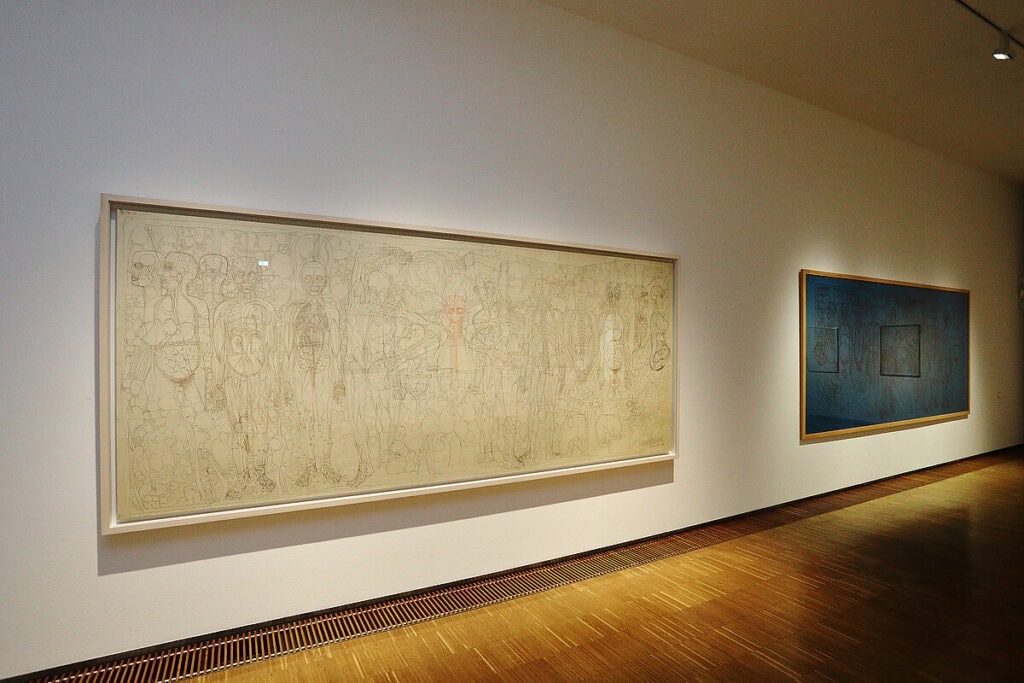
Copyright: Universalmuseum Joanneum/J.J. Kucek © Bildrecht Wien, 2024
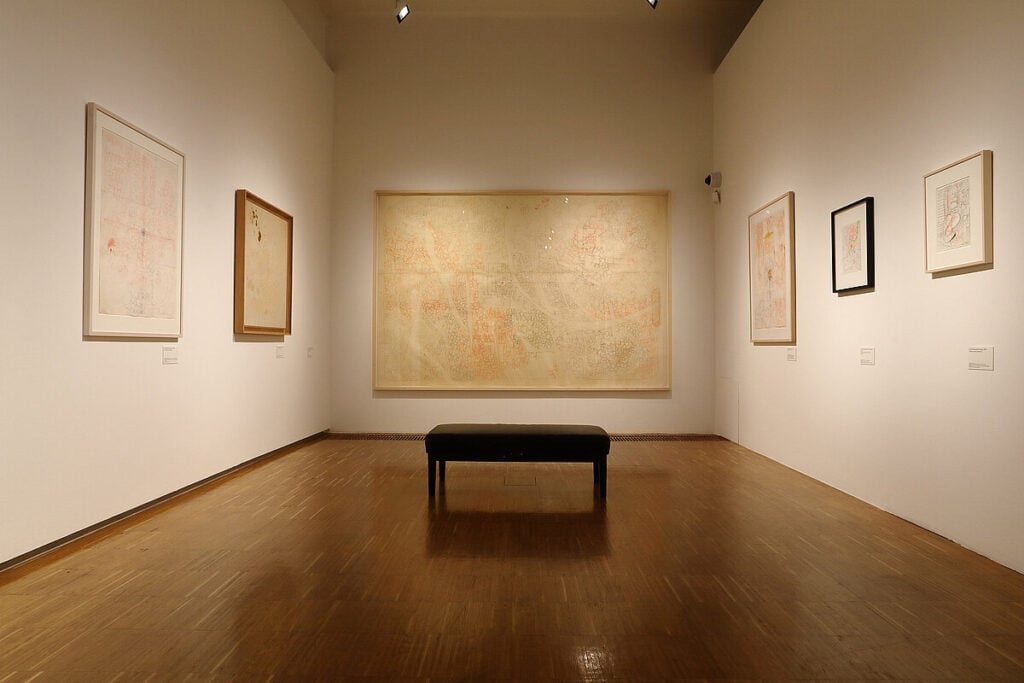
Short Biography: Hermann Nitsch (1938–2022)
Hermann Nitsch, born on August 29, 1938, in Vienna, was an Austrian painter, performance artist, and founder of the Orgien Mysterien Theater. He studied at the Vienna Graphische Lehr- und Versuchsanstalt and became a central figure of the Viennese Actionism movement in the 1960s. His work encompassed painting, performance, music, and architecture, consistently pushing the boundaries of art. Through his provocative performances and profound works, Nitsch aimed to intensify existential experiences and forge a connection between art and life. He passed away on April 18, 2022, leaving behind a vast oeuvre that continues to polarize and inspire audiences worldwide.
